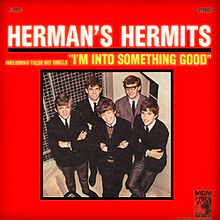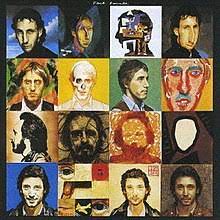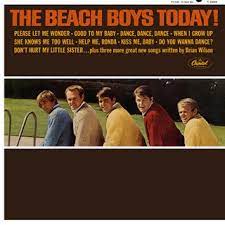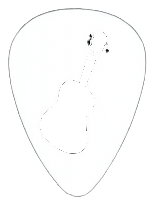Easy Beatles Songs On Guitar
For The Acoustic
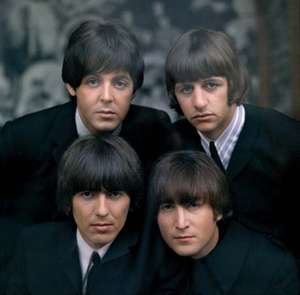
Simple Beatles Guitar Songs
The Best Beatles Love Songs
Welcome to this easy Beatles songs on Guitar page where you'll find more than 50 songs by the Beatles you can learn with my free chords sheets, rhythm tips and demo videos for many of their top songs on acoustic.
If you need any full lesson tutorials, those are available also for a small fee.
John Lennon | Paul McCartney | George Harrison | Ringo Starr
I'll Cry Instead
I'm Only Sleeping
Kansas City
Lovely Rita
Mr Postman
Oh Darlin
Please Please Me
She Said She Said
Something
The Ballad Of John And Yoko
The Night Before
You Won't See Me
You've Got To Hide Your Love Away
Easy Beatles Songs On Guitar Chords
Lyrics, Demos, PDF's, Tutorials
Honey Pie - Learn To Play On Guitar

Honey Pie is a nostalgic track from the 1968 self-titled double album, commonly known as The White Album. It was not released as a single.
The song is Paul McCartney’s direct homage to the British music hall style of the 1920s that his father loved. To capture that authentic, old-timey sound, the producer added a crackling record effect to the opening line, "Now she's hit the big time!" Unusually for a Beatles track,
John Lennon plays the lead guitar solo, offering a jazzy, Django Reinhardt-style performance that contrasts sharply with his usual rock approach.
Chords And Strumming
Using the chords Em, Am, Cm, G, A7, D7, D#, E7 and a C, you'll play a root down root up down up rhythm pattern in standard tuning. Be prepared for a little picking here.
Guitar Lesson Details - (chords & lyrics sheet incl with lesson)
Chords & LyricsJump To Top
I'll Cry Instead
- Learn To Play On Guitar
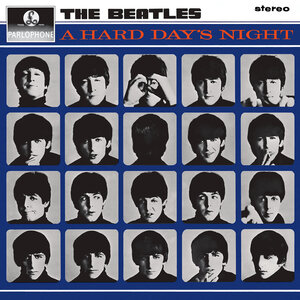
I'll Cry Instead appears on the 1964 album A Hard Day's Night in the UK and the Something New album in the US. Released as a single in the United States, it reached number 25 on the Billboard Hot 100.
John Lennon wrote the song specifically for the "breakout" sequence in the A Hard Day's Night film, but director Richard Lester rejected it in favor of "Can't Buy Me Love."
The track leans heavily into the country and western genre, a style the band—particularly Ringo and George—adored, featuring a rockabilly rhythm that drives the short, punchy tune.
Chords And Strumming
For this one play a root down up down up down up rhythm pattern in standard tuning with the chords G, D7, C7, Bm, A, E7 and an A7. No lead required.
Guitar Lesson Details - (chords & lyrics sheet incl with lesson)
Chords & LyricsJump To Top
I'm Only Sleeping - Learn To Play On Guitar

I'm Only Sleeping is a psychedelic highlight from the 1966 album Revolver. It was not released as a single.
John Lennon wrote the song as an ode to the joys of staying in bed, arguably reflecting his own laziness or, as some suggest, a drug-induced lethargy.
The track is historically significant for featuring the first-ever backward guitar solo on a pop record. George Harrison spent hours carefully composing the solo, which was then recorded and the tape reversed to create the disorienting, dreamlike swooshing sounds that perfectly match the song's drowsy theme.
Chords And Strumming
This song is tuned one fret below pitch with the chords Em, Am, G, C, B7, Bm and an E7. You'll play a down down up don up down up rhythm pattern with a shuffle in a few places and a few riffs.
Guitar Lesson Details - (chords & lyrics sheet incl with lesson)
Chords & LyricsJump To Top
Kansas City - Learn To Play On Guitar
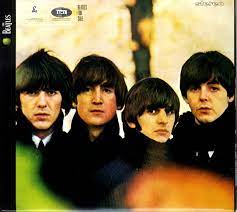
Kansas City is a high-energy medley found on the 1964 album Beatles for Sale. It was not released as a single. The track combines the Leiber and Stoller standard "Kansas City" with Little Richard's own "Hey-Hey-Hey-Hey!"
Paul McCartney provides one of his rawest, most powerful vocal performances here, attempting to match the intensity of his idol, Little Richard.
Remarkably, the band nailed this complicated medley in just one take (Take 1), proving how tight their live performance skills were after years of playing these exact songs in the clubs of Hamburg.
Chords And Strumming
This one has a steady down up down up rhythm pattern with some shuffle strumming in places while in standard tuning. You'll need the A, D7, E7 and A7 with a bit of lead to fill this one out.
Guitar Lesson Details - (chords & lyrics sheet incl with lesson)
Chords & LyricsJump To Top
Lovely Rita - Learn To Play On Guitar
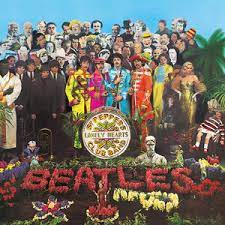
Lovely Rita appears on the seminal 1967 album Sgt. Pepper's Lonely Hearts Club Band. It was not released as a single. The lyrics tell the whimsical story of a "meter maid," a term for a traffic warden that was actually American slang and not common in the UK at the time.
Paul McCartney wrote the song after getting a parking ticket from a warden named Meta Davis outside Abbey Road Studios.
The recording features a bizarre solo that sounds like kazoos but is actually the band humming through combs covered in toilet paper.
Chords And Strumming
In standard tuning this one has a steady down up down up rhythm pattern in standard tuning and with quick changes but no lead work. You'll need the chords A, G, D, C, Bm, E, F, and a Gsus near the end.
Guitar Lesson Details - (chords & lyrics sheet incl with lesson)
Chords & LyricsJump To Top Of Easy Beatles Songs On Guitar
Mr Postman - Learn To Play On Guitar
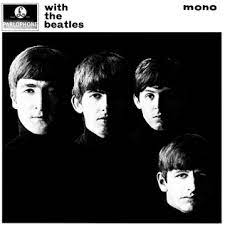
Mr Postman is a cover song featured on the band's second album, With the Beatles (1963). It was not released as a single by the group. Originally a number-one hit for The Marvelettes, this was the first Motown song the Beatles ever recorded for EMI.
John Lennon takes the lead vocal, delivering a gritty, desperate performance that cuts through the band’s "Wall of Sound" arrangement. The track demonstrates how the Beatles were instrumental in popularizing Motown music to white audiences in the UK and US during the early 1960s.
Chords And Strumming
I'm playing with a capo here but it's still a bit low playing the chords G, Em, C and D. The rhythm pattern is quick shuffle using a root down up down up root up down up in standard tuning. There is no lead here.
Guitar Lesson Details - (chords & lyrics sheet incl with lesson)
Chords & LyricsJump To Top
Oh Darlin
- Learn To Play On Guitar
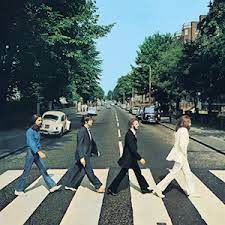
Oh Darlin is a swamp-pop ballad from the 1969 album Abbey Road. It was not released as a single in the UK or US during the band's career, though it later appeared as a single in other territories.
Paul McCartney was determined to make his voice sound ravaged and raw for the recording. To achieve this, he arrived at the studio early every morning for a week to scream through the song before the other members arrived, intentionally straining his vocal cords to capture the desperate, blistering sound of a live rock and roll singer.
Chords And Strumming
I play this one with a capo 2nd fret with the chords Bb-5, G, D, Em, C, Am, G7, D#, A, D7, C7 and a G# at the end. If you play a down down up down up down up rhythm pattern you can jam in some arpeggio notes and a few slides. No lead in here while in standard tuning.
Guitar Lesson Details - (chords & lyrics sheet incl with lesson)
Chords & LyricsJump To Top
Please Please Me - Learn To Play On Guitar
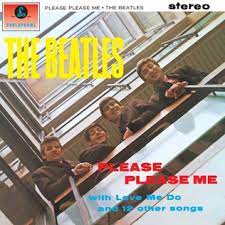
Please Please Me serves as the title track for their 1963 debut album. It was their first single released in the US (on Vee-Jay records), eventually reaching number 3 on the Billboard Hot 100 during the 1964 invasion.
Originally, John Lennon wrote it as a slow, bluesy ballad inspired by Roy Orbison. Producer George Martin famously convinced them to speed it up to a frantic pace. After the final take,
Martin spoke from the control booth, telling the band, "Congratulations, gentlemen, you have just recorded your first Number One," a prediction that came true on most UK charts.
Chords And Strumming
This one has a few chords that change quickly which are D, C, A, G, Em, Bm, D7, F and A#. Played in standard tuning you'll need a down stroke pattern as well as a down up pause up down up pause up pattern. Just a few riffs here but no lead work.
Guitar Lesson Details - (chords & lyrics sheet incl with lesson)
Chords & LyricsJump To Top
She Said She Said
- Learn To Play On Guitar
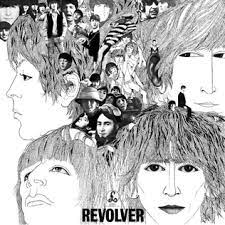
She Said She Said closes out Side One of the 1966 album Revolver. It was not released as a single. The song’s lyrics were inspired by a strange conversation John Lennon had with actor Peter Fonda while they were on LSD in Los Angeles;
Fonda kept whispering, "I know what it's like to be dead," which terrified Lennon. A major piece of trivia is that Paul McCartney does not play on this track.
He had an argument with the others and walked out of the studio, leaving George Harrison to play the bass line instead.
Chords And Strumming
This one has a bit of a strange time signature but the chords are easy in standard tuning with an A, G, D, Dmaj7, Em and an A7. You'll play a down down up down down up down up for most of it but there are also some chops in the rhythm, but no lead work here.
Guitar Lesson Details - (chords & lyrics sheet incl with lesson)
Chords & LyricsJump To Top
Something - Learn To Play On Guitar
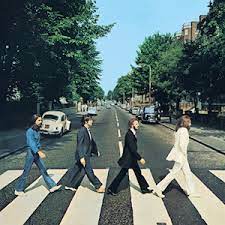
Something is the standout ballad from the 1969 album Abbey Road. It was released as a double A-side single with "Come Together," hitting number 1 on the Billboard Hot 100.
This was the first George Harrison composition to be released as a Beatles A-side, finally earning him equal standing with Lennon and McCartney. Frank Sinatra famously covered the song, calling it "the greatest love song of the past 50 years," though he mistakenly introduced it as a Lennon/McCartney song for years.
The promotional video features all four Beatles with their wives,
walking through the grounds of Tittenhurst Park.
Chords And Strumming
Soon.
Guitar Lesson Details - (chords & lyrics sheet incl with lesson)
Chords & LyricsJump To Top
The Ballad Of John And Yoko - Learn To Play On Guitar
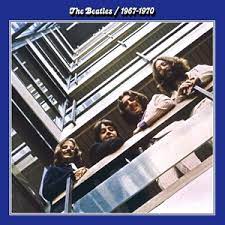
The Ballad Of John And Yoko was a non-album single released in 1969, which shot to number 1 in the UK and number 8 in the US. The song is a literal musical diary of John Lennon’s marriage to Yoko Ono and their subsequent "Bed-In" for peace.
Uniquely, only John and Paul play on the recording; George was on vacation and Ringo was filming a movie, so Paul played drums, bass, and piano while John played guitars and sang.
The song was banned by several US radio stations due to the lyric, "Christ, you know it ain't easy."
Chords And Strumming
With the chords E, E7, A and a B7 in standard tuning, use a root down root up down up for the most part. There are lots of riffs in this one so rhythm will change in places to fit those into the rhythm. No lead work however.
Guitar Lesson Details - (chords & lyrics sheet incl with lesson)
Chords & LyricsJump To Top
The Night Before
- Learn To Play On Guitar
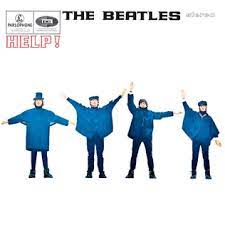
The Night Before appears on the 1965 album and soundtrack Help!. It was not released as a single. Paul McCartney sings the lead and plays a distinct electric piano solo that drives the song's rhythm.
The track features the classic call-and-response vocal style that the band had perfected by this point.
In the Help! movie, the band is shown performing this song on Salisbury Plain, surrounded by tanks and soldiers, under the protection of the army—a surreal setting that contrasts with the straightforward pop-rock nature of the tune.
Chords And Strumming
Play this one in standard tuning with a down down up down up down up and repeat rhythm pattern. You'll have some picking in here while playing the chords D7, F, G, A7, D, C, Bm, Gm, Am and E7.
Guitar Lesson Details - (chords & lyrics sheet incl with lesson)
Chords & LyricsJump To Top
You Won't See Me
- Learn To Play On Guitar
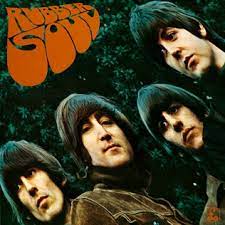
You Won't See Me is found on the 1965 album Rubber Soul. It was not released as a single. The song reflects the strained relationship between Paul McCartney and his girlfriend Jane Asher, who was not returning his calls—a theme of disconnection that permeates the lyrics.
Clocking in at 3:22, it was the longest track recorded for the Beatles up to that point. Roadie Mal Evans makes a rare musical contribution to the track, credited with playing the Hammond organ, although he simply held down a single "A" note throughout the end of the song.
Chords And Strumming
The rhythm pattern here is down down up down up down up and repeat but no lead work. For chords you'll play a D, A, B7, Dm, E7 and A7.
Guitar Lesson Details - (chords & lyrics sheet incl with lesson)
Chords & LyricsJump To Top
You've Got To Hide Your Love Away
- Learn To Play On Guitar

You've Got To Hide Your Love Away appears on the 1965 album Help!. It was not released as a single. This track marks the first time the Beatles hired outside studio musicians for a specific solo, featuring a flute quartet in the coda.
John Lennon wrote the song during his "Dylan period," channeling Bob Dylan’s acoustic, introspective style.
While officially about a generic romance, many biographers and fans speculate the song was a subtle nod to the band's manager, Brian Epstein, who had to hide his homosexuality, which was illegal in Britain at the time.
Chords And Strumming
Use a down down up down up and repeat rhythm pattern here in standard tuning with the chords G, D, F, C and a Dsus. A few melody picking notes near the end.
Guitar Lesson Details - (chords & lyrics sheet incl with lesson)
Chords & LyricsJump To Top
Thanks for stopping by my easy Beatles songs on guitar page. I hope you found what you were looking for.
If you liked this easy Beatles songs on guitar page you might like these ... (click images)
Beatles In Concert
Home Page
Popular Songs From The 60s

